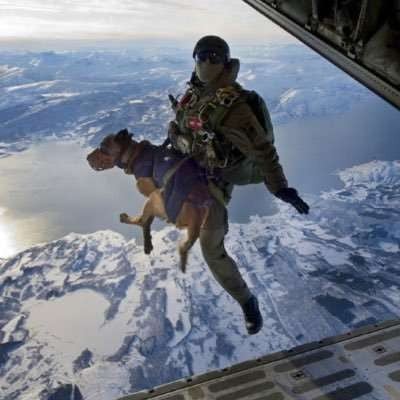Russian ALL TERRAIN military vehicle drives on snow swamp mud water and land better than 4WD
A screw-propelled vehicle is a land or amphibious vehicle designed to cope with difficult snow and ice or mud and swamp. Such vehicles are distinguished by being moved by the rotation of one or more auger-like cylinders fitted with a helical flange that engages with the medium through or over which the vehicle is moving. Modern vehicles called Amphirols and other similar vehicles have specialised uses.
The weight of the vehicle is typically borne by one or more pairs of large flanged cylinders; sometimes a single flanged cylinder is used with additional stabilising skis. These cylinders each have a helical spiral flange like the thread of a screw. On each matched pair of cylinders, one will have its flange running clockwise and the other counter-clockwise. The flange engages with the surface on which the vehicle rests. Ideally this should be slightly soft material such as snow, sand or mud so that the flange can get a good purchase. An engine is used to counter-rotate the cylinders—one cylinder turns clockwise and the other counter-clockwise. The counter-rotations cancel out so that the vehicle moves forwards (or backwards) along the axis of rotation.
The principle of the operation is the inverse of the screw conveyor. A screw conveyor uses a helical screw to move semi-solid materials horizontally or at a slight incline; in a screw propelled vehicle, the semi-solid substrate remains stationary and the machine itself moves.
Four-wheel drive, All-wheel drive, AWD, 4WD, or 4×4 ("four by four") is a four-wheeled vehicle with a drivetrain that allows all four wheels to receive torque from the engine simultaneously.[1][2][3][4]
While many people typically associate the term 4x4 with off-road vehicles and Sport utility vehicles, powering all four wheels provides better control than normal road cars on many surfaces,[citation needed] and is an important part in the sport of rallying.
In abbreviations such as 4×4, the first figure is normally the total wheels (more precisely, axle ends, which may have multiple wheels), and the second, the number that are powered.
Syntactically, 4×2 means a four-wheel vehicle that transmits engine power to only two axle-ends: the front two in front-wheel drive or the rear two in rear-wheel drive.[5]
By this system, a six wheeled military transport truck would be a 6×6, while the typical American semi-truck tractor unit having two drive axles and a single unpowered steering axle would be a 6×4.
Russia Listeni/ˈrʌʃə/ or /ˈrʊʃə/ (Russian: Россия, tr. Rossiya, IPA: [rɐˈsʲijə] ( listen)), also officially known as the Russian Federation[10] (Russian: Российская Федерация, tr. Rossiyskaya Federatsiya, IPA: [rɐˈsʲijskəjə fʲɪdʲɪˈrat͡sɨjə] ( listen)), is a country in northern Eurasia.[11] It is a federal semi-presidential republic, comprising 83 federal subjects. From northwest to southeast, Russia shares land borders with Norway, Finland, Estonia, Latvia, Lithuania and Poland (both with Kaliningrad Oblast), Belarus, Ukraine, Georgia, Azerbaijan, Kazakhstan, China, Mongolia, and North Korea. It shares maritime borders with Japan by the Sea of Okhotsk and the US state of Alaska across the Bering Strait. At 17,075,400 square kilometres (6,592,800 sq mi), Russia is the largest country in the world, covering more than one-eighth of the Earth's inhabited land area. Russia is also the world's ninth most populous nation with 143 million people as of 2012.[12]
An automobile, autocar, motor car or car is a wheeled motor vehicle used for transporting passengers, which also carries its own engine or motor. Most definitions of the term specify that automobiles are designed to run primarily on roads, to have seating for one to eight people, to typically have four wheels, and to be constructed principally for the transport of people rather than goods.[3]
The year 1886 is regarded the year of birth of the modern automobile - with the Benz Patent-Motorwagen, by German inventor Carl Benz. Motorized wagons soon replaced animal-drafted carriages, especially after automobiles became affordable for many people when the Ford Model T was introduced in 1908.
The term motorcar has formerly also been used in the context of electrified rail systems to denote a car which functions as a small locomotive but also provides space for passengers and baggage. These locomotive cars were often used on suburban routes by both interurban and intercity railroad systems.[4]
It was estimated in 2010 that the number of automobiles had risen to over 1 billion vehicles, up from the 500 million of 1986.[5] The numbers are increasing rapidly, especially in China, India and other NICs.[6]
Off-roading is the activity of driving or riding a vehicle on unsurfaced roads or tracks, made of materials such as sand, gravel, riverbeds, mud, snow, rocks, and other natural terrain.




















